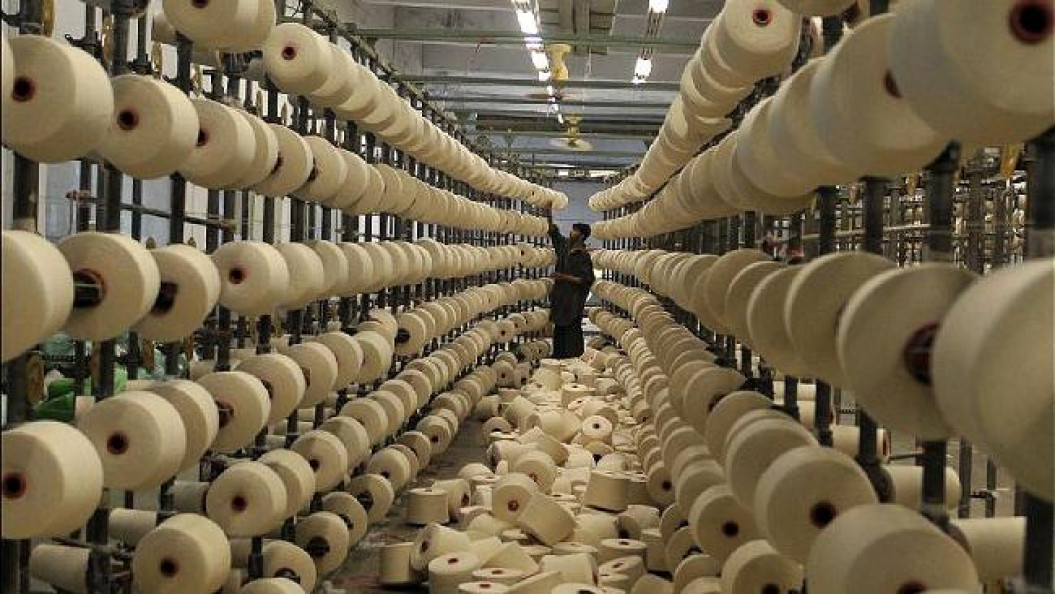Recently, spot cotton prices tend to go higher overall, while cotton yarn prices are hard to rise. How to view about the different performance between cotton and cotton yarn markets?
From the angle of cotton market, Chinese cotton prices are in the upward trend from the bottom level at present, and transactions have been constantly weak. Though cotton inventory in mills is relatively low compared to the corresponding period of previous years, mills still show low buying interests. On one hand, the on-going state cotton auction affects the spot cotton transactions. Currently, the daily selling volumes of reserved cotton have risen to about 10,000 tons per day, and the transactions are good, to maintain fully transacted every day. On the other hand, imported cotton has price edge currently. Some mills prefer imported cotton and slow down the purchase of Xinjiang cotton.
From the angle of cotton yarn, the operating rate of spinning mills reduces slightly in Aug compared with Jul, but recently, operating rate climbs up slightly. Cotton yarn inventory in mills reduces obviously recently, which is basically flat with the same period of last year.

Cotton yarn futures are at a relatively historical low level, and CCFGroup Index Cotton yarn 32S is also in downward trend (relatively stable at present). From the supply and demand aspect, before mid-Aug, orders and sales in mills see no improvement, and after mid-Aug, mills have new orders successively, mostly in Guangdong, Zhejiang and Jiangsu markets, but the improvement is limited, and cotton yarn mills are hard to have profits, focusing on de-stocking mostly and lacking confidence towards late market. Therefore, cotton yarn prices are hard to rise.
Viewed from current market situation, market participants pay more attention to the demand change, not the supply change. For supply, the 2020/21 cotton will arrive on the market, but there are still 2018/19 and 2019/20 cotton on the market. For demand, affected by the COVID-19, cotton textile industry demand is dull. The supply glut and weak domestic consumption, slow recovery of overseas demand, leads cotton textile industry to be in stagnant situation.
Currently, the improvement in downstream cotton yarn market stimulates the bullish sentiment of cotton market. The bearish driving force is lacking for cotton market, and the market sentiment is more pushing up cotton prices at present.


